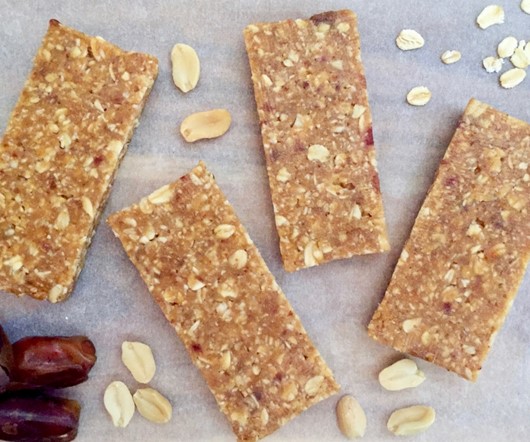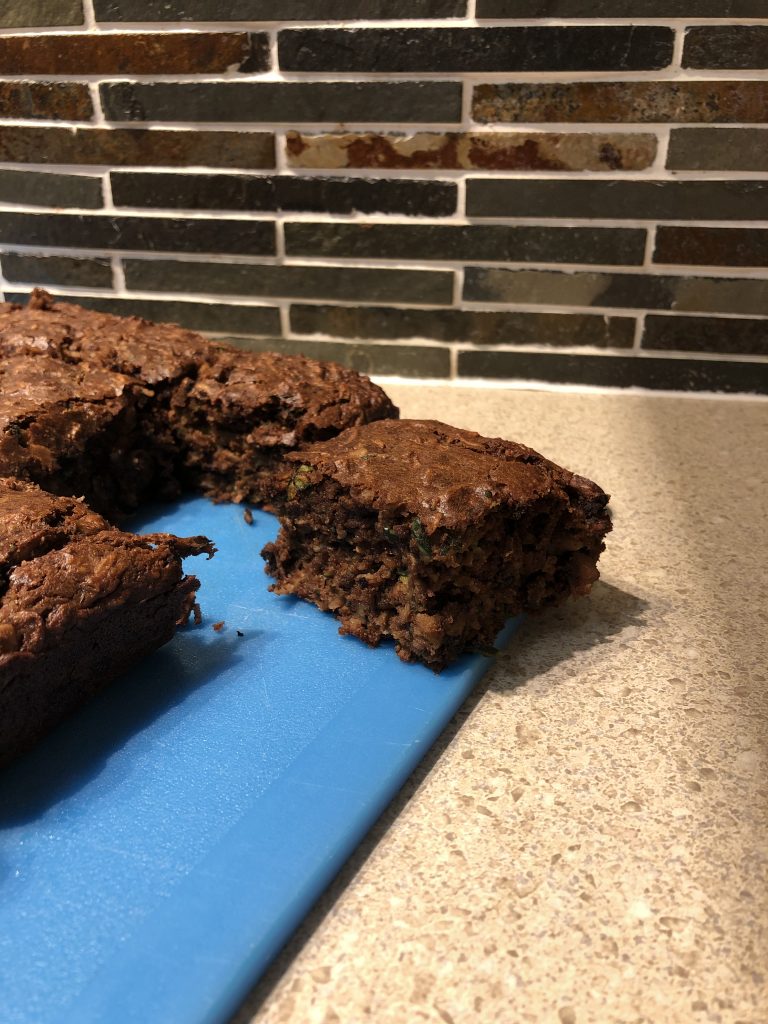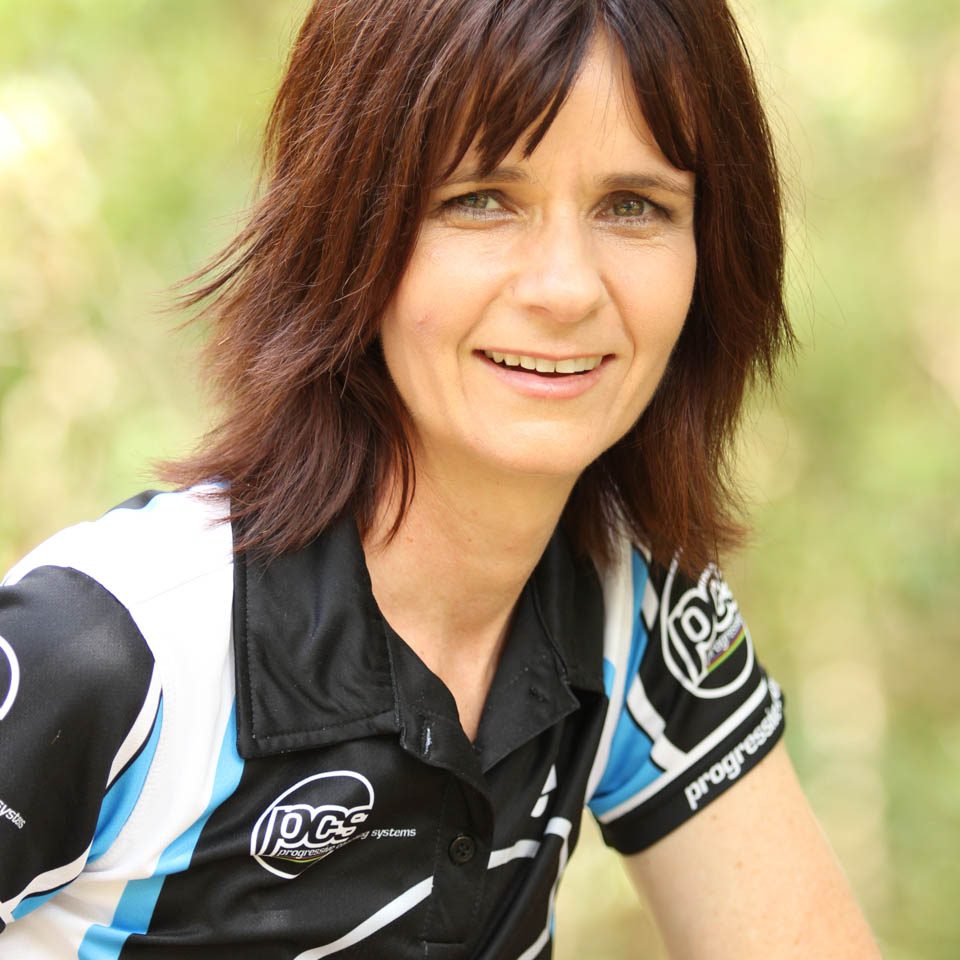Many cyclists will spend thousands of dollars getting the lightest most aero mountain bikes, upgrade their components for lighter parts, power meters, aero helmets but very few seem to take full control of their diet and nutrition. The one thing that if done right, can vastly improve performance. What you eat on and off the bike is critical to achieving peak performance at those races that matter.
So… is it time to get serious? But where to start?
Firstly I recommend all my athletes make the investment in a Dietitian. They are the people who can adjust your diet and nutrition to the exact requirements you need to fuel your workouts and training plan. It is best to make a food diary for 2-4 weeks prior and provide a copy of your training plan so that they can make the best-informed decisions for your particular circumstances.
Doing a food diary is important because although a bit tedious at times, it can really put into perspective what you are eating and drinking for the month. You may be surprised by the results! Eating is such a subconscious thing that its not until your really break it down into nutritional value and macronutrients/ calories etc. that you know what you are doing to your body. It is also beneficial to bring along your supplements, hydration formulas and medications.
I also recommend to my athletes to see their GP prior to doing any intensive training. I do this for a few reasons. Firstly your GP should be the person who is well informed to your particular health concerns. And secondly getting baseline vital signs and bloodwork is important to be able to see both positive and negative changes over time.
What next? What on earth do you eat?

Well its not that simple… There is not a one size fits all approach to fuelling athletes. In cycling, there are two main macronutrients the body primarily uses during bouts of exercise: Fat and carbohydrates. Carbohydrates are the main sugars that are from fruit, grains, and vegetables. They are used for energy to replace muscle and liver glycogen stores. We also use fat which is from most animals and some plants. There are 9 calories in a gram of fat compared to 4 calories in a gram of carbohydrates. Therefore fat is stored in the body as energy reserves.
Fueling properly with carbohydrates is the single most important factor in enhancing performance on the bike.
You may have to tweak things to get it right and the best time is not race day! Give your nutritional plan a crack during your training or group rides. That way you can see the results in as many test situations before the big day.

High intensity exercise mainly uses carbohydrates as an energy source. The flat feeling during longer races that you feel is generally associated with low blood sugar, low liver and muscle glycogen levels and can be reduced by carbo-loading the days before the event. If the race is longer than 90 minutes in duration it is advised to eat plenty of carbohydrates the day before the race. Think 6-12 grams / kg of your body and ingesting 20-30 grams of carbohydrates about 15 minutes before the start of your race. Fueling mid-race is critical for success. For races between 1-2 hours 30 grams / hour, over 3 hours 60 grams / hour. As an example you could consume 5 x 30g snacks every half hour for a 3 hour race.
It may be hard for some athletes to consume these levels of carbohydrates if only using one method and that is why different modes of delivery may be beneficial. Glucose and fructose are two of the most common that can be found in both solid and liquid nutrition.

So what about when you finish a ride or race?
The first thing most athletes ask me about is protein. How much should I be consuming and when? The theory is that if you consume protein post exercise it will be converted into muscle, which is why a lot of athletes will refuel with a protein shake. But it is a bit more complicated than that. Supplementing protein can help with protein synthesis post weight based training sessions but there is actually little evidence to suggest that it benefits endurance performances.
If you are consuming between 3 thousand and 4 thousand calories a day you are likely getting all the protein you need from your diet. Many cyclists also use supplements while training and riding that will also contribute to protein intake. It is always best to consume whole foods over supplements where possible.
I have also noticed many of my athletes overdoing their caffeine intake. Caffeine is arguably the most commonly used stimulant in the world but higher doses are not always better. You only need 200 milligrams of caffeine to stimulate your central nervous system.
Doses higher than this have been linked to gastrointestinal upset, cramping and decreased performance. Especially the longer the race and the more caffeine consumed. Regularly consuming 200 milligrams of caffeine before training rides does not reduce its effectiveness on race day. The key is not to overdo it.
The best piece of information you can take home from this article would be to fuel appropriately for your level of training and goals. What I ate 20 years ago is not what I can get away with eating now and it’s important to take note of these changes as you age and your cycling progresses. You need to experiment during your training with different levels of macronutrients and hydration strategies so that on race day you have your methods down to an art.
Everyone is unique and one meal plan certainly doesn’t suit everyone. Your diet needs to be unique to your body composition, level of intensity, duration, goals and even gender. Taking nutrition just as serious as other elements of your training and seeing a Dietitian to give you the best level of support for your training and life circumstances.
The recent PCS Nutrition week was brought to you by Marzia Bell an accredited practicing Dietitian and accredited Sports Dietitian from https://www.lifeandperformancenutrition.com .

High Performance Mountain Bike Coach
Donna Dall
My speciality is helping serious and recreational mountain bikers break through plateaus to attain higher levels of performance so that they can get fitter, faster, stronger and win more races!

